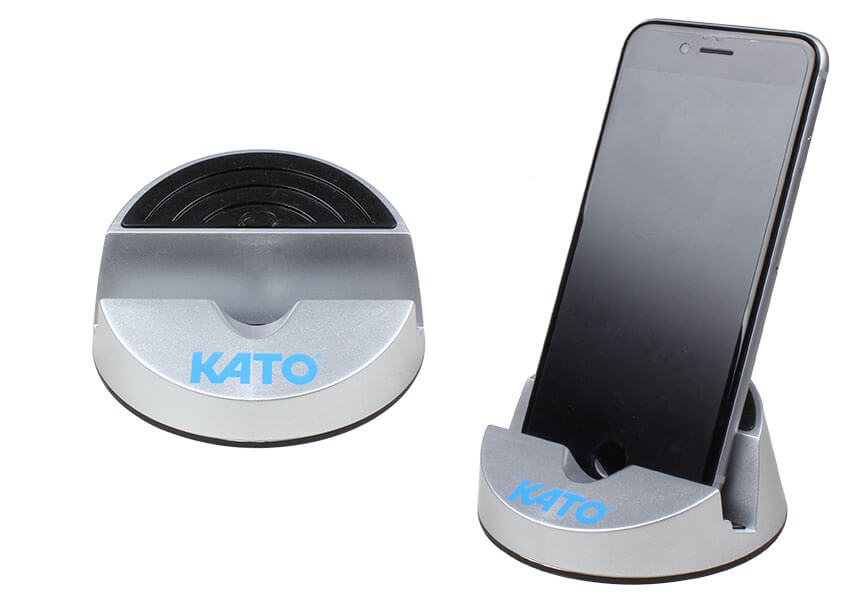
Our competitor uses the sales slogan “Drill tap and install, that’s all.” Wrong, wrong wrong! Did you guys forget about breaking off the tang!?
Anyway, the Threadologists from our lab have asked us to comment on some of the frequently asked questions on drilling and tapping STI (Screw Tread Insert) tapped holes. Our CoilThread® Tanged Inserts & Tools catalog (the blue one) is an excellent source of information for drilling and tapping, including dimensional specifications.
Drilling: The Suggested Drill Sizes on page 10 are standard drill sizes that are suggested even though they vary slightly from the minor diameter specifications in the military standard MS33537) that specifies STI tapped hole dimensions. When using a thread cutting tap (recommended) the tap does not cut material at the minor diameter. Therefore, the tapped hole minor diameter ends up being equal to the drilled hole diameter. Did you know that the larger the drill diameter, the more the likelihood of drilling oversize? Wow!
Countersinking: Before tapping, it is good machining practice to countersink. It is done before tapping to prevent a feather edge or burr on the tapped hole that will affect installation of the insert. The countersink angle is 120° ± 5°, or 60° per side. This angle is used because it is the same as the angles of the tapped thread, the insert wire cross section, and the chamfer on most inserting tool tips. All combined, these factors provide for smooth insert installation. (And you thought we didn’t know what we were doing?)
Tapping: KATO® STI Taps are designed to cut free machining materials such as aluminum, magnesium, steel, cast iron and some plastics. The taps come in four styles, Straight Flute Plug Taps, Straight Flute Bottoming Taps, Spiral Pointed (Gun) Plug Taps, and Spiral Fluted Bottoming Taps. The taps come in 2 classes of fit for both inch and metric sizes. The CoilThread catalog describes the different types of taps and their applications. It is important when calling our Customer Service Dept. for a request for quote on taps that you specify the type and class of fit that your customer requires.
Thread Forming (Express) Taps: These taps create threads by forming, or displacing metal rather than cutting it. They have their distinct advantages, one being that no chips are generated. However, it is very difficult to achieve the desired thread minor diameter. Frequently, reamed holes are required to use these taps, as the looser tolerances associated with drilling are not satisfactory. Another problem that occurs is that the crests of the thread at the minor diameter can have a concave profile. This can negatively affect insert installation and torque, particularly on the smaller thread sizes. These taps are not recommended for STI tapped holes.
If you have any questions, please contact us.
For more technical articles, register to KATOpedia today! Registration is FREE, and take less than 1 minute to complete and gain access to the world's most comprehensive online encyclopedia for helically coiled screw thread inserts and tools.